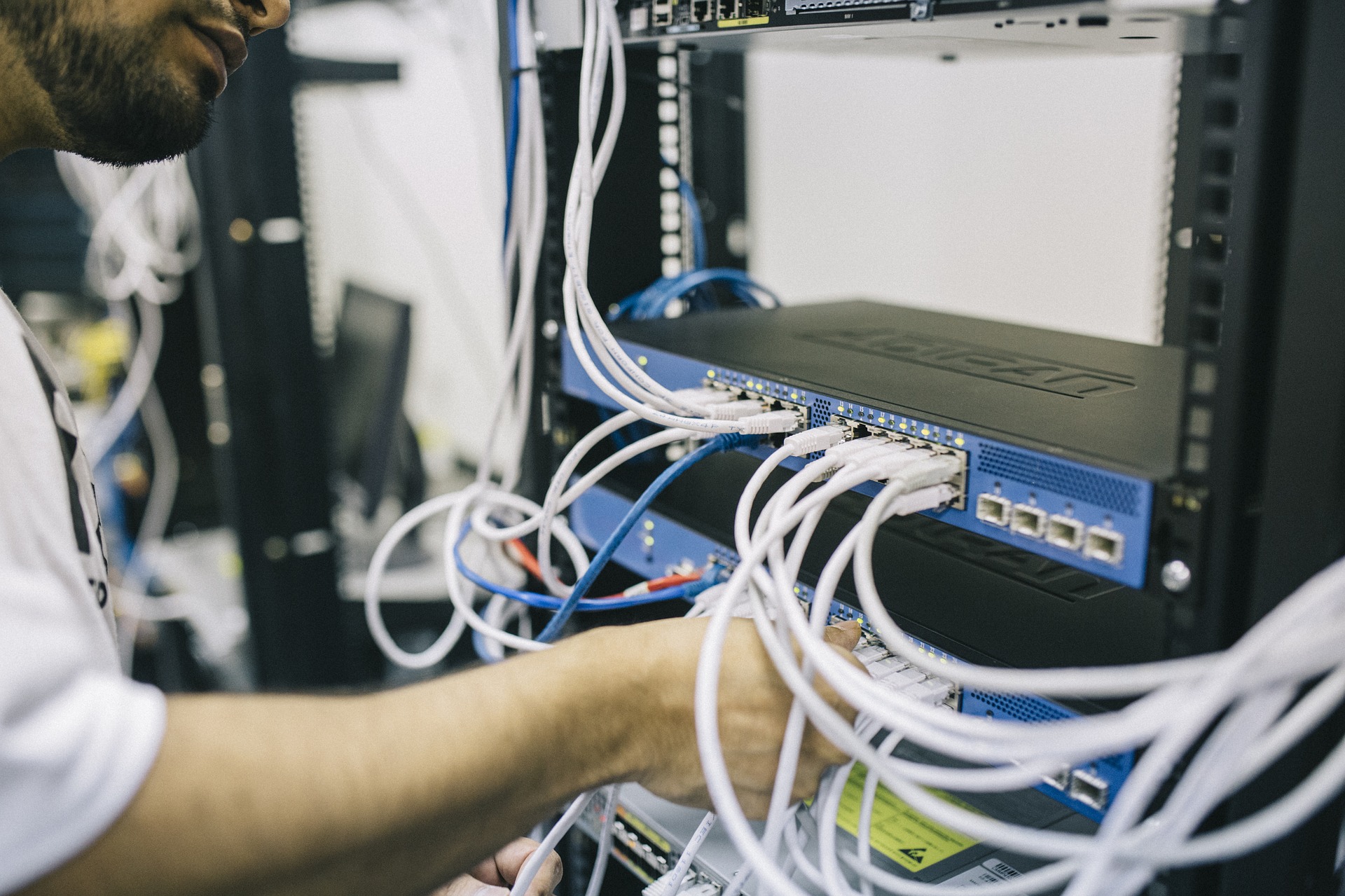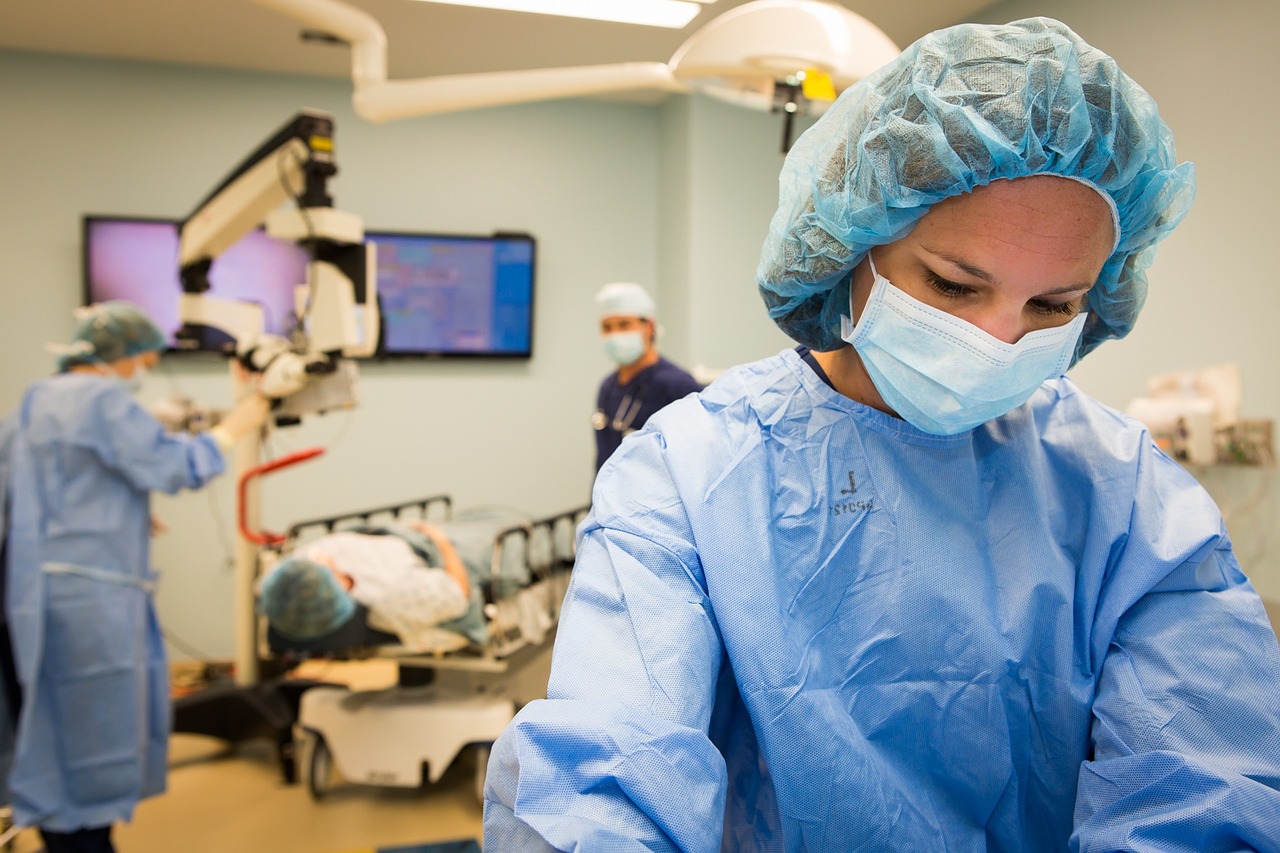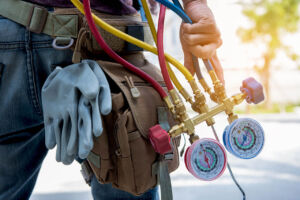Medical terminology is very specific. A universal language, it’s clear and concise. Still, the terms phlebotomy and venipuncture are often used interchangeably despite distinct definitions. Both apply to drawing blood, but they mean two different things.
What is Phlebotomy?
Phlebotomy is the process of drawing blood for diagnostic purposes. Venipuncture is just one step in the process.
What is Venipuncture?
Venipuncture is the act of puncturing a vein with a needle for any of several therapeutic purposes.
What is the Difference Between Venipuncture and Phlebotomy?
Venipuncture and phlebotomy are similar, but phlebotomy refers solely to drawing blood for testing. Venipuncture, however, is also part of other medical treatments, such as inserting an intravenous line or collecting blood donations.
The distinction is important because not everyone trained to perform phlebotomy is necessarily qualified to do other tasks that include venipuncture. Registered nurses, for example, can start IVs, draw blood for testing and work in blood donation centers. With few exceptions, medical assistants only perform phlebotomy under the direct supervision of a licensed clinician.
What is the Medical Assistant’s Role in Phlebotomy?
Phlebotomy is among a medical assistant’s most marketable skills. As more doctor’s offices and clinics offer diagnostic services, more qualified personnel are needed to draw blood on-site.
Medical assistants can manage the process from start to finish. The steps include:
Review the Order
Doctors order blood tests using paper or digital requisition forms that specify which tests to perform. Medical assistants then use that information to prepare the patient and select the proper equipment.
Forms also include diagnosis codes that reflect the reason for testing. If you’re responsible for processing and shipping samples to outside laboratories, you’ll need those codes later for billing purposes.
Screen the Patient
A thorough screening process eliminates the minor risks inherent in phlebotomy.
As a medical assistant, it’s your responsibility to:
Verify the Patient’s Identity
Cases of mistaken identity delay care, so you’ll verify who the patient is by confirming their full name and date of birth.
Confirm Proper Preparation
Many blood tests require preparation for accurate results. Patients may be asked to fast or take a certain medication at a specific time before blood is drawn. Eating just before a cholesterol test, for example, may falsely elevate readings. If patients are unprepared, the tests should be rescheduled.
Check Allergies
Some people are allergic to the materials used during the phlebotomy process, such as skin disinfectants and bandage adhesives. You’ll check the chart and confirm sensitivities with the patient before proceeding. Alternatives are generally available.
Gather Equipment
The equipment used to perform phlebotomy depends, in part, on the patient and the types of tests ordered. Needles, for example, come in different lengths and diameters. You’ll use your clinical expertise to narrow down choices based on the person’s size, age, and general health.
Each test also requires a specific type of blood sample, such as whole blood, serum, or plasma. Collection tubes are color-coded to reflect which they produce based on the additives they contain. Red-top tubes, for example, produce serum for chemistry analysis, while lavender-top tubes with EDTA yield whole blood for hematology testing.
You may need to collect several tubes with one draw for different tests, so you’ll assemble them in advance along with gloves, gauze, and other supplies. The better prepared you are, the smoother the process will go.
Position the Patient
Most people sit in a chair to have their blood drawn, but fearful or anxious patients may need to lie down to avoid injury if they faint. Some US adults have severe trypanophobia, a fear of needles. so, choose the safest positioning.
Venipuncture
The venipuncture process takes less than two minutes following these eight steps:
- Wash your hands and wear clean gloves to protect yourself against accidental blood exposure.
- Cleanse the patient’s skin with using a circular scrubbing motion and alcohol or chlorhexidine, reducing the number of bacteria on the skin limits the chance for infection.
- Apply a tourniquet 3–5 inches above the vein to be punctured, it sequestered blood in the limb, making the vein firmer and easier to see.
- Bracing the vein with your thumb and forefinger, insert the needle into the vein with one quick motion.
- Push the collection tube into the needle holder while holding the needle in place, it takes practice, but you’ll get the hang of it.
- Release the tourniquet when blood begins to flow, the vacuum will pull blood into the collection tube.
- Withdraw the needle when the tube is full, applying pressure to the venipuncture site until the bleeding has stopped.
- Dispose of the needle in an approved, puncture-proof container, and cover the wound with a small bandage to protect the patient’s clothing.
Aftercare
Venipuncture can have side effects, such as localized tenderness and bruising, so it’s essential to provide patients with self-care instructions, including who they should call if they have concerns. Most people also want to know when to expect test results. Without making promises, it’s reassuring to offer an estimate.
Sample Processing
Once samples are collected, the tubes are labeled with the patient’s name, date of birth and the time of collection. Labs will reject mislabeled vials.
Some samples must then be processed before shipment. You may have to spin blood down in a centrifuge, for example, to separate the liquid portion of the blood from the solids. The laboratory’s test catalog details the processing, shipping, and billing requirements for each request.
How Do Medical Assistants Learn Phlebotomy?
The best way to learn phlebotomy is to enroll in a vocational school medical assisting program. Part of the curriculum in virtually every state, it brings your skills full circle.
You’ll learn the ropes through a combination of classroom theory, laboratory exercises and hands-on experience with simulators or student volunteers. Upon graduation, you’ll be ready to practice phlebotomy in an office setting.
Final Thoughts
Did learn about administering phlebotomy as a medical assistant interest you? If you are ready to become a medical assistant, CyberTex is ready to help. You’ll learn what you need to work as a medical assistant that performs phlebotomy. So, while phlebotomy and venipuncture may be two different things, both make medical assistants more valuable employees.
Want to Learn More?
The Medical Assistant Training Program at CyberTex Institute of Technology takes great care of you by providing hands-on training, practical experience and the support it takes to get started in a medical assisting career without spending years in school. You will learn the basics of both clinical and administrative skills, and prepare to work in physician’s offices, hospitals, and other medical facilities.
Contact us today to learn more about our Austin and Killeen campuses.





